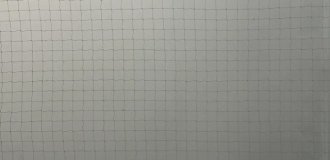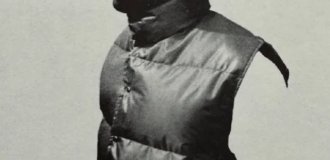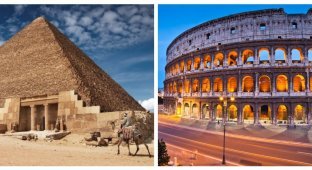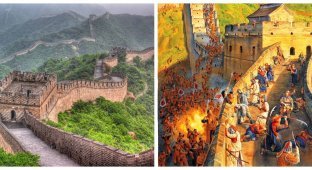2,000-year-old Riverside Wall found in London (7 photos)
Archaeologists have discovered three sections of the wall along the Thames, built by the Romans in 200 AD. e. These areas form a single perimeter with the London Wall that protected the settlement of Londinium and established its city status. 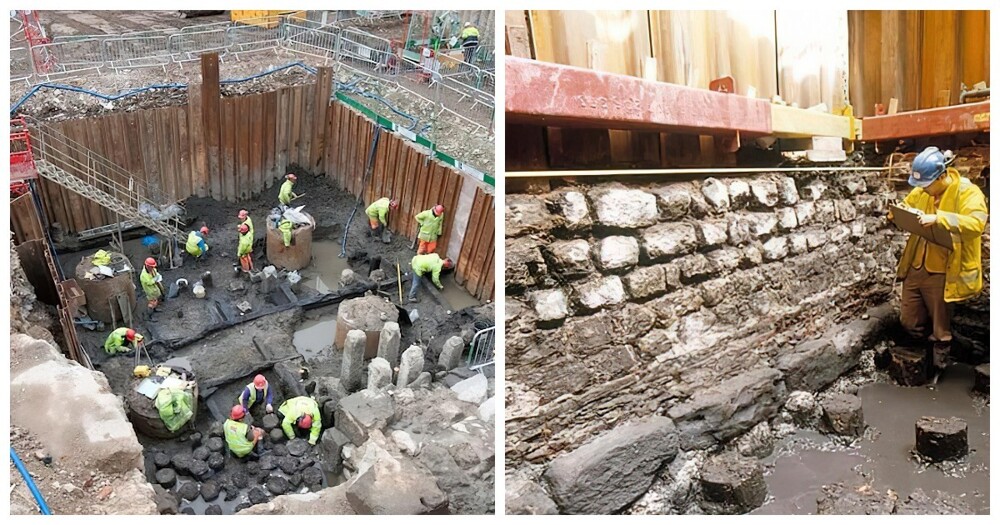
It is believed that the found sections of the wall ("Riverside wall"), located along the river, defended Londinium during the uprisings local tribes.
The recently excavated sections of the Riverside Wall are located at Riverbank House on Upper Thames Street, Sugar Quay and Three Embankments on Lower Thames Street. In total they amount to about 100 m of a nearly 1800 m long wall that separates London from the Thames. 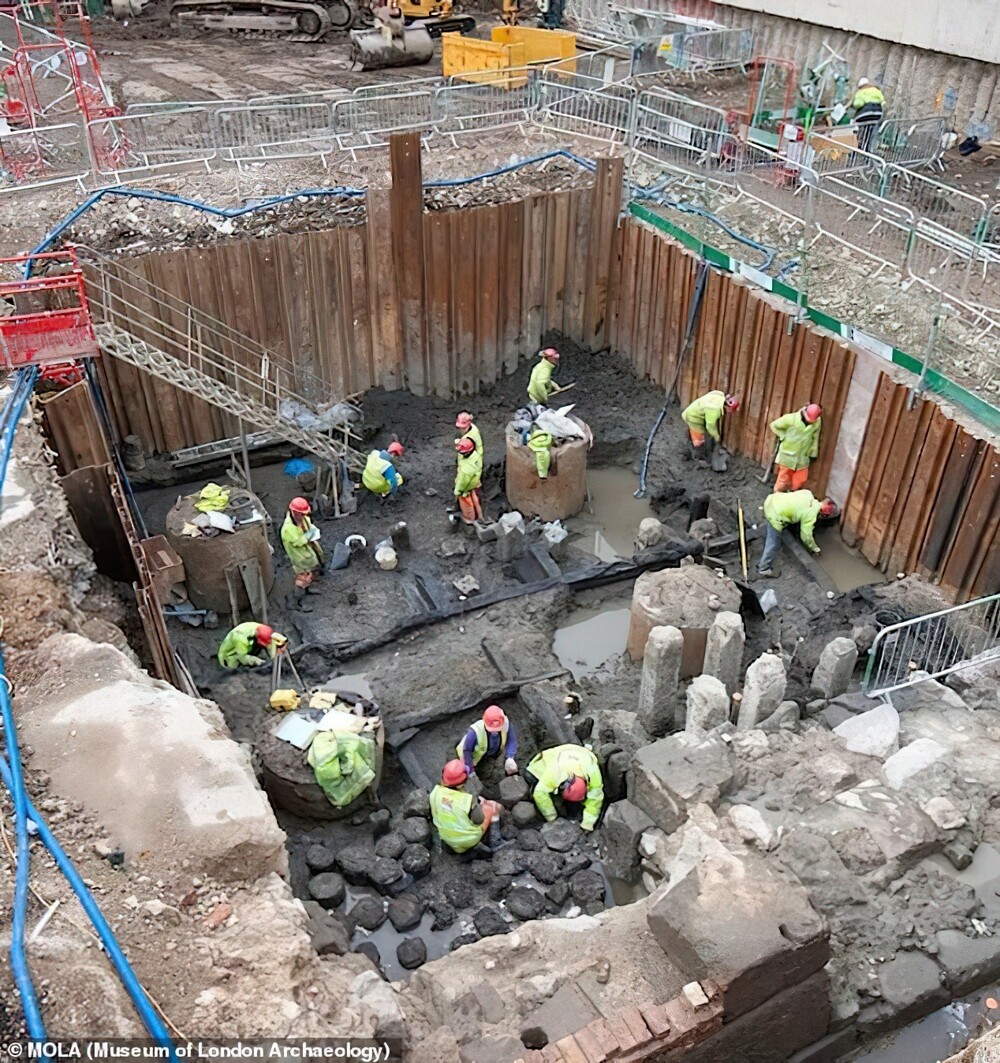
Excavations on the waterfront of Sugar Quay. We see the Roman wall on the river bank and the logs of the ancient Roman embankment 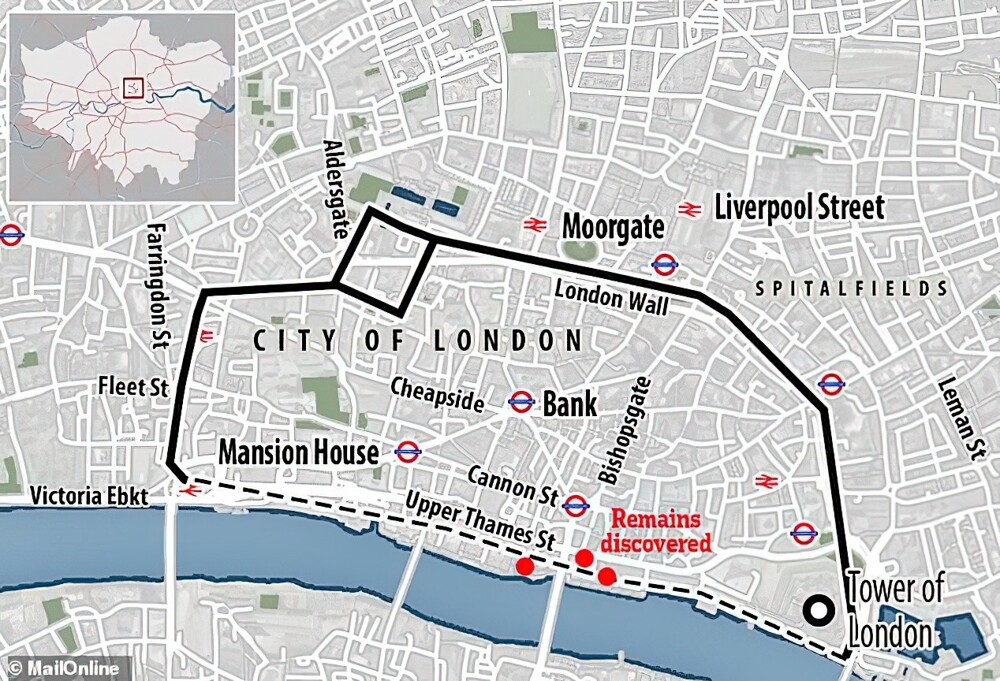
Dashed line - Riverside Wall (along the Thames), solid line - London Wall
For the first time, sections of the Riverside Wall were discovered during the period from 2006 to 2016 during the reconstruction of Upper and Lower Thames Street London Archaeological Museum (MOLA). Now they are added to the list. national heritage of England as planned monuments that confirmed by the Department of Culture, Media and Sports of Historic England.
“Even in a city as densely populated as London, built over 2000 years ago, we still have secrets under our feet, that need to be disclosed,” said Duncan Wilson, chief executive Historical England. — The wall on the river bank remains intriguing element of Roman London, which raises almost as many questions as how many answers. 
One section of the Riverside Wall
The Riverside Wall would sever London's connection to the wharfs and warehouses at the pier. According to Wilson, this suggests that the Romans favored defense over trade in "times uncertainty" in the Roman Empire. 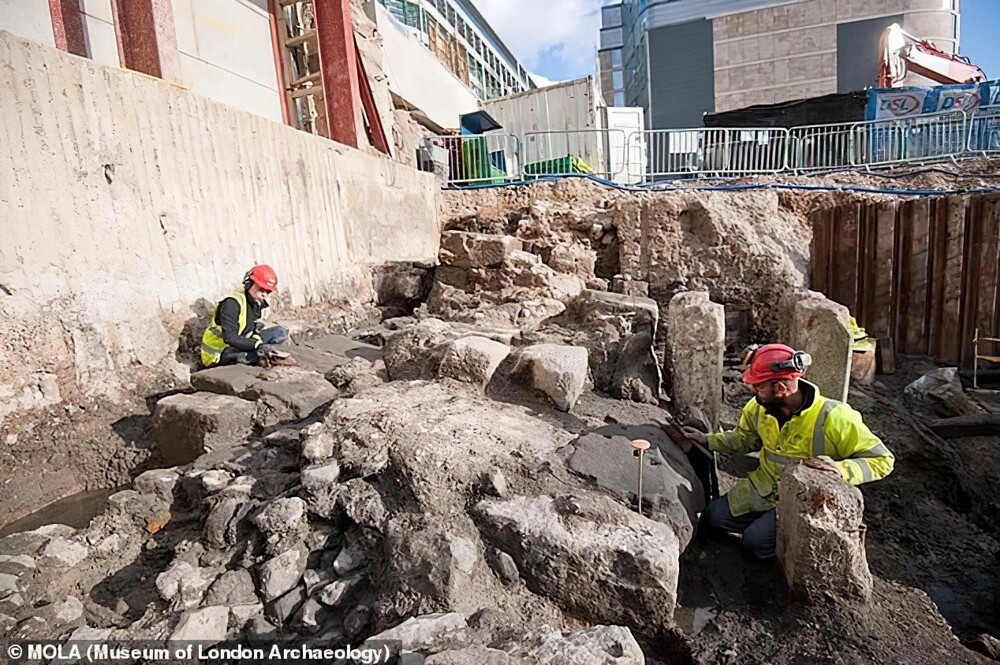
Part of the wall on the waterfront of Sugar Quay
The London Wall was built from Kentish rubble and in some places reached 6 m in height and 3 m in thickness. Initially it extended for about 3.1 km and covered an area of about 330 acres, but most of it has been destroyed in the last 1700 years as it grew cities.
In addition to protection - together with the Riverside Wall, it forms a protective ring around the entire city - the wall may have helped to strengthen Londinium's status as a city. 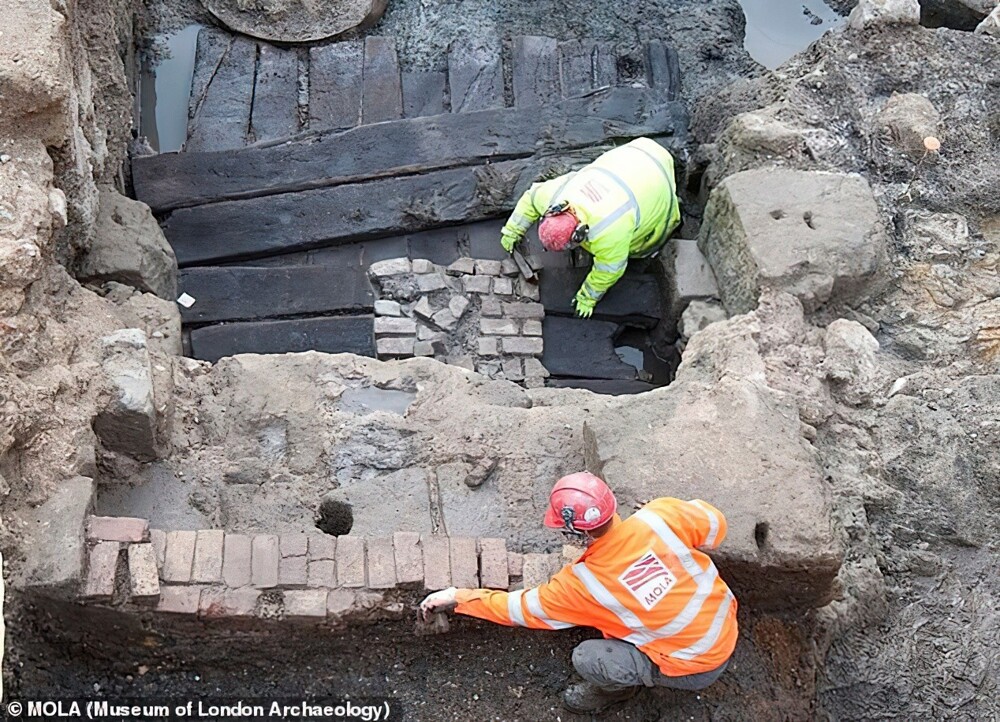
Part of the wall on the waterfront of Sugar Quay
Some parts of the Riverside Wall include a monumental masonry and demonstrate ancient Roman construction methods. This can give a better understanding of the architecture of that period. 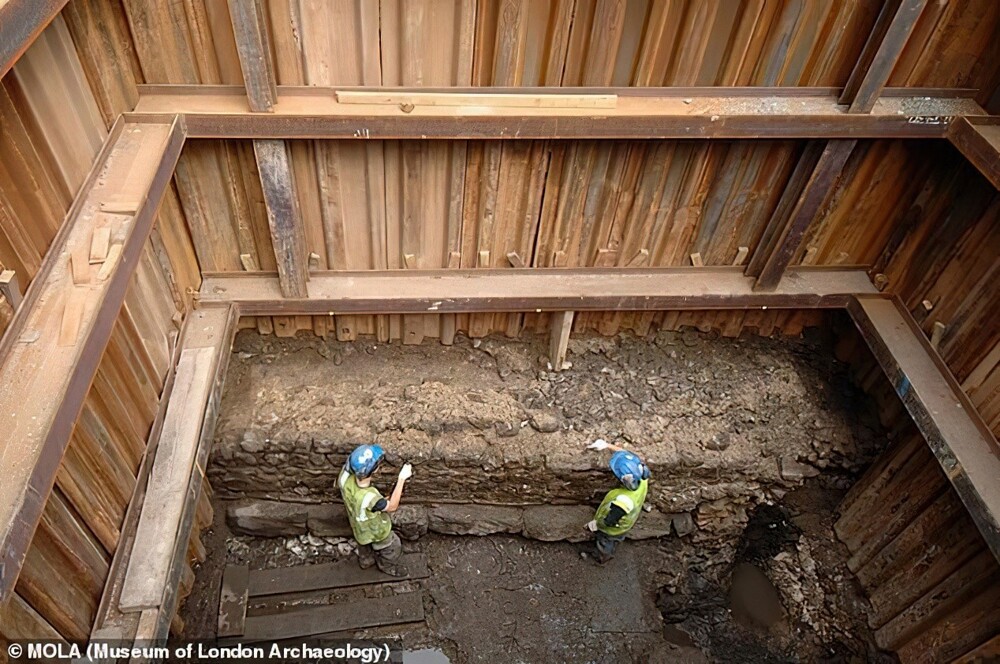
The section of the coastal wall under the house on the banks of the river has a length of about 20 m and a height of up to 1.4 m
Archaeologists have also discovered the remains of some wooden Roman wharves that were used for loading and unloading boats.




